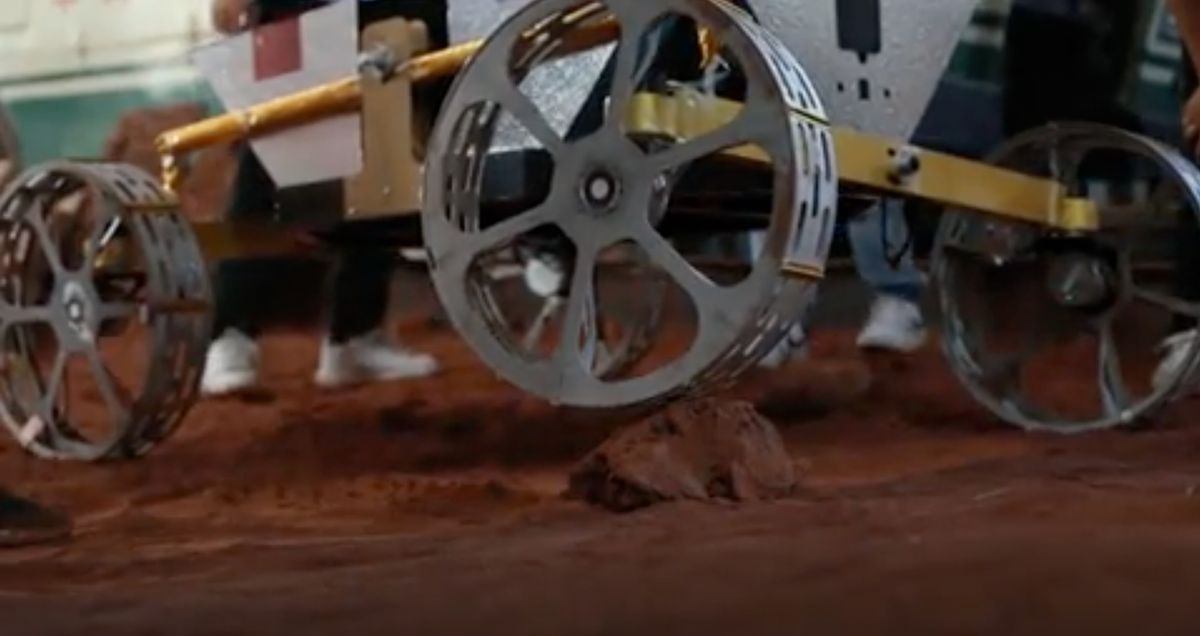Researchers from universities across China are testing out their designs for rovers for exploring the moon and Mars.
A laboratory belonging to Jilin University in northeast China is hosting prototype vehicles, allowing testing in simulated moon regolith and Mars soil.
Vehicles getting a test spin include a four-wheeled rover that can traverse soft Martian soil and negotiate obstacles over 7.9 inches (20 centimeters) high.
“We are here to test the interaction between the small wheels and lunar soil. Our goal is to make the rover go further and perform better on the surface of the moon,” Zhang Rui, professor at the College of Biological and Agricultural Engineering of Jilin University, told state-run broadcaster China Central Television (CCTV).
Other robotic explorers being tested include six-wheeled designs. The video also highlights a range of different wheel types. The key to the success of the tests is developing conditions that mimic those found beyond Earth, researchers said.
Related: Tianwen-1: China’s first Mars mission
“We are now working on simulated Martian and lunar soil. Through the research, we can provide a stronger foundation for deep-space exploration,” said Li Xiujuan, senior engineer at the College of Biological and Agricultural Engineering.
While it is not stated if any of the rovers on view will be assigned to a future mission, the data on their performance will likely be included in studies that could inform future mission design.
China is planning a number of missions to the moon for later this decade and aims to construct an International Lunar Research Station (ILRS) in the 2030s. The country is also planning a Mars sample return mission, which could include a small rover, while also looking further afield within the solar system.




















Discussion about this post